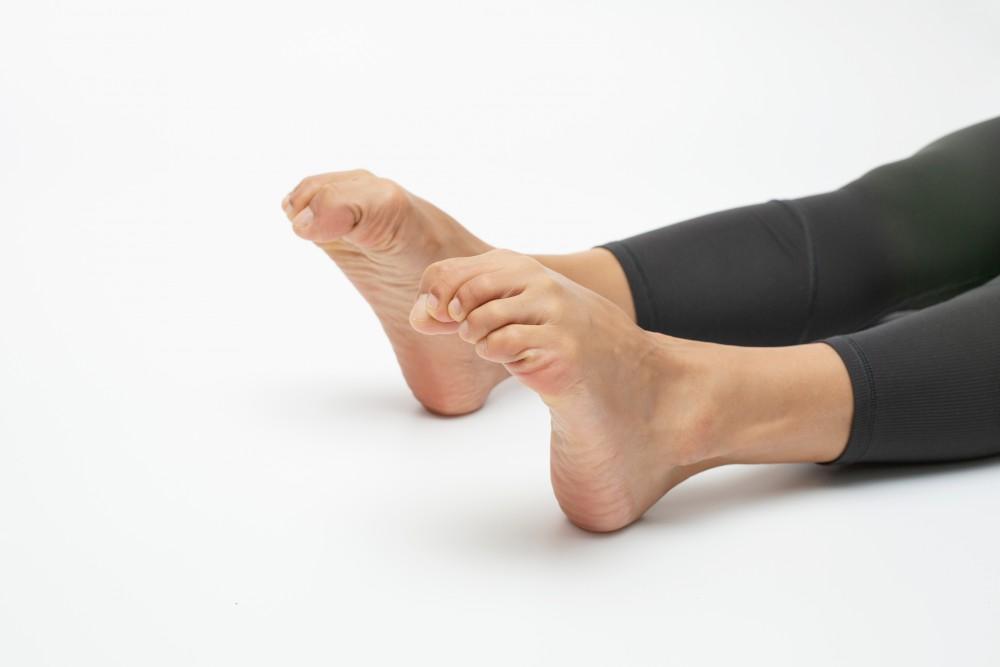
Most Common Sports Injuries for Kids (And How to Avoid Them)

As more parents encourage their children to participate in sports and other physical activities, the amount of sports injuries has dramatically increased. Every year, more than 3.5 million injuries occur among the more than 30 million youth athletes who participate in organized sports in the United States, according to statistics from Stanford Children’s Health. Overall, about 33% of all childhood injuries occur during sports participation.
Kids can get injured from all types of sports and physical activities. They’re at a higher risk for sports injuries because their growing bodies often lack the coordination and judgment to react quickly to avoid falling or getting hurt. Lower extremity injuries are the most common, accounting for 42% of sports-related injuries in kids, while upper extremity injuries rank second at 30%, according to the Centers for Disease Control and Prevention (CDC) National Center for Health Statistics.
Damage to growing bones can affect future development and cause long-term problems when not properly treated. The orthopedic surgeons at Bahri Orthopedics & Sports Medicine Clinic in Jacksonville, Florida, have more than 30 years of experience diagnosing and treating all types of sports injuries. With additional training in pediatric injuries, the staff has the expertise to determine the best treatment to help your child heal and regain full function.
As orthopedic and sports medicine specialists, we work to educate parents so kids don’t have to suffer from preventable sports injuries. Read on to find out about the most common sports injuries for kids and how you can reduce your child’s risk of getting hurt.
Acute injuries
Acute injuries occur suddenly as the result of trauma such as a collision, twist, or fall. Types of acute injuries include broken bones, cuts, and bruises. They can also result in ligament injuries (sprains) and muscle and tendon injuries (strains).
Depending on where they occur, acute injuries can damage a child’s growth plates. Growth plates are discs of cartilage at the end of long bones in children and adolescents. The bones grow as the cartilage cells in the discs increase and add length to the bones. Growth continues until a child’s cartilage changes to solid bone at puberty.
However, if growth plates become damaged, they can stop growing. Without proper treatment, growth plate injuries can stunt physical development, cause functional problems, and result in deformed limbs. About half of growth plate injuries occur from playing contact sports like football, soccer, and basketball or recreational activities such as skiing and skateboarding.
The most effective way to protect your child against acute injuries and possible growth plate damage is to ensure they follow safety protocols. You can help your child avoid acute injuries by taking the following precautions:
- Make sure your child has the protective equipment appropriate for a specific activity
- Ensure protective gear fits and works properly
- Teach your child how to use and adjust gear on their own
- Establish rules for using safety equipment even during practices and recreational play
- Avoid encouraging a child to play through pain
- Don’t allow risky activities such as having more than one child jumping on a trampoline
Overuse injuries
About 50% of sports-related injuries in kids occur from overuse. Some common types of overuse injuries include shin splints, anterior knee pain, swimmer’s shoulder, and spondylolysis (lower back pain). Children can also develop “little league shoulder” and “little league elbow,” both of which occur at the growth plates and can jeopardize bone growth and development at these sites.
Concentrating on the same activity year-round increases your child’s risk of having overuse injuries. These types of injuries typically require longer recovery times. The damage may require surgical repair or limit your child’s ability to participate in their favorite sport in the future.
To reduce the risk of overuse injuries, the American Academy of Pediatrics (AAP) recommends that children take at least one month off from a sport at least three times per year and limit the play of one sport to no more than five days in the same week. In general, the AAP advises parents to encourage sports diversification. Participating in different types of sports allows children to work different muscle groups and develop general athletic skills transferable across all types of sports and physical activities.
Find out more about keeping your kids safe while encouraging sports participation and physical activity. Schedule an appointment online at Bahri Orthopedics & Sports Medicine Clinic or call for a consultation at one of our offices.
You Might Also Enjoy...


Fracture Care: Nonsurgical Options vs. Surgery

Am I a Good Candidate For Shoulder Replacement?

Staying Active With Knee Osteoarthritis: Our Top Tips

Struggling with Ankle Instability? Here's How to Avoid Future Sprains


